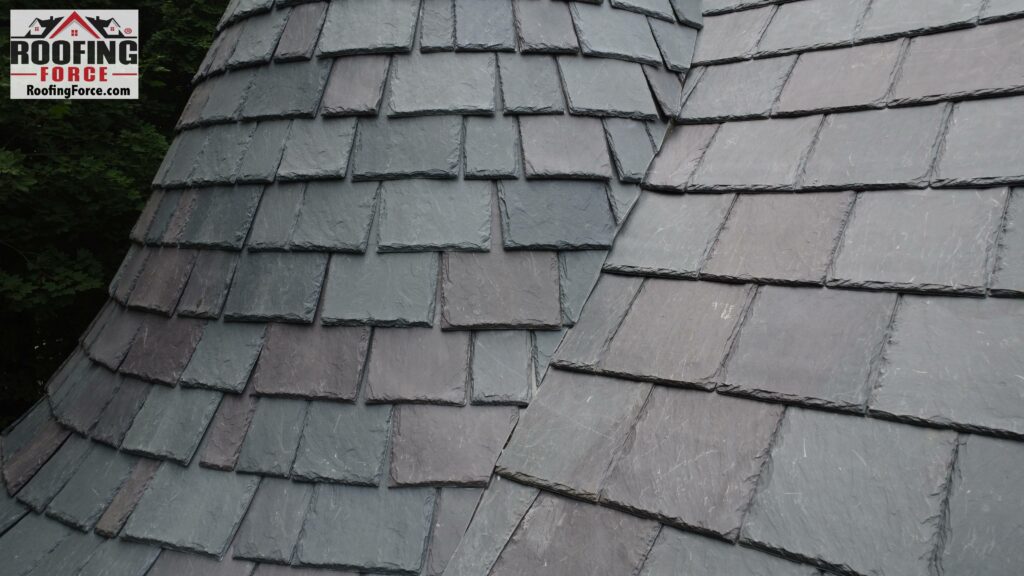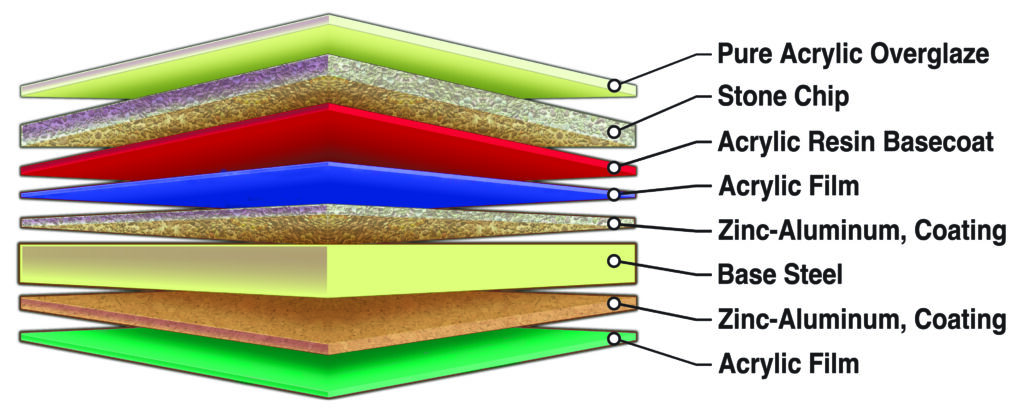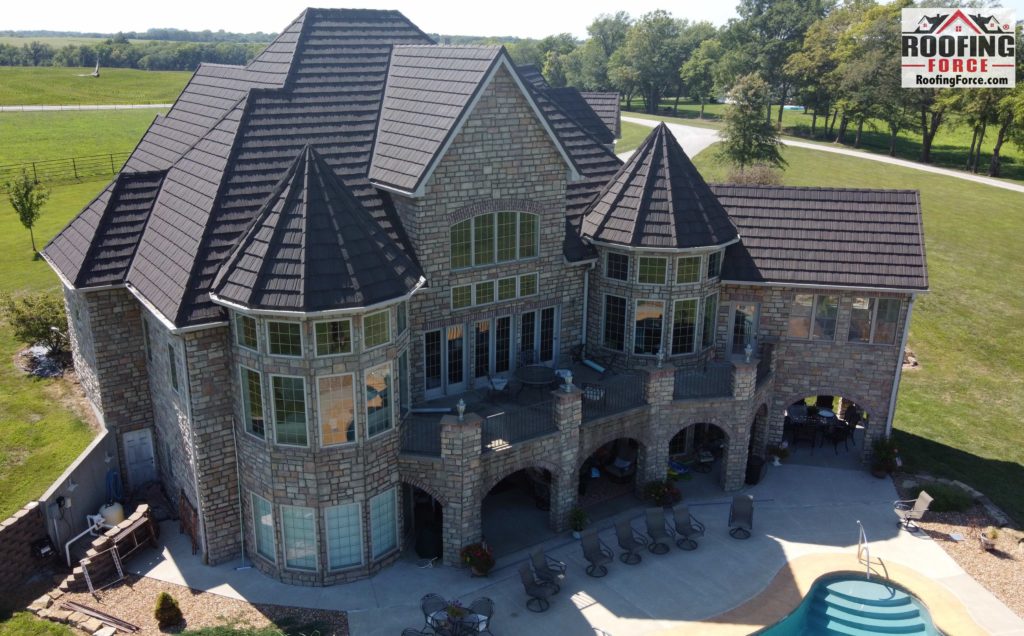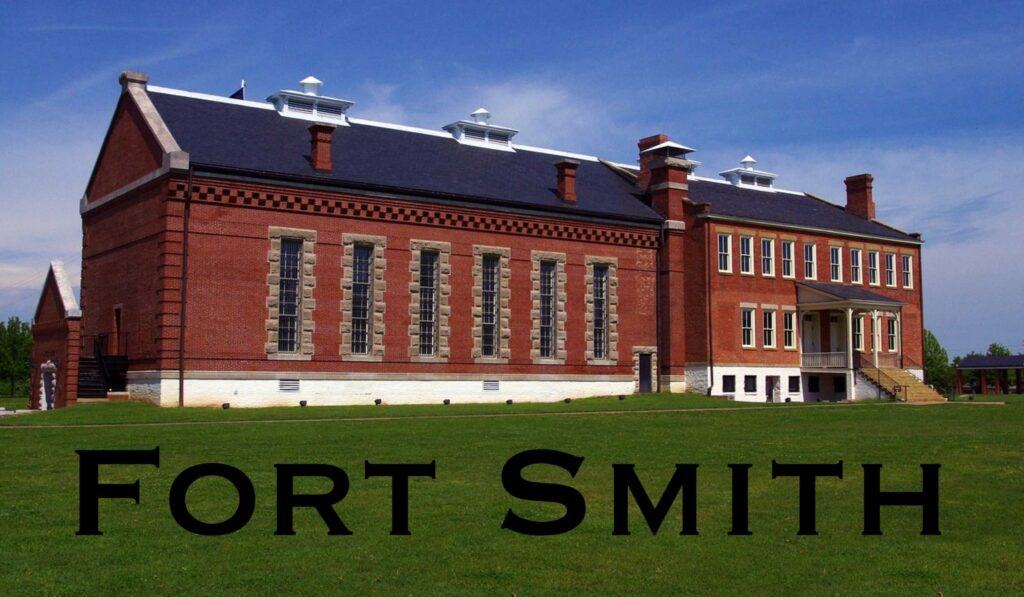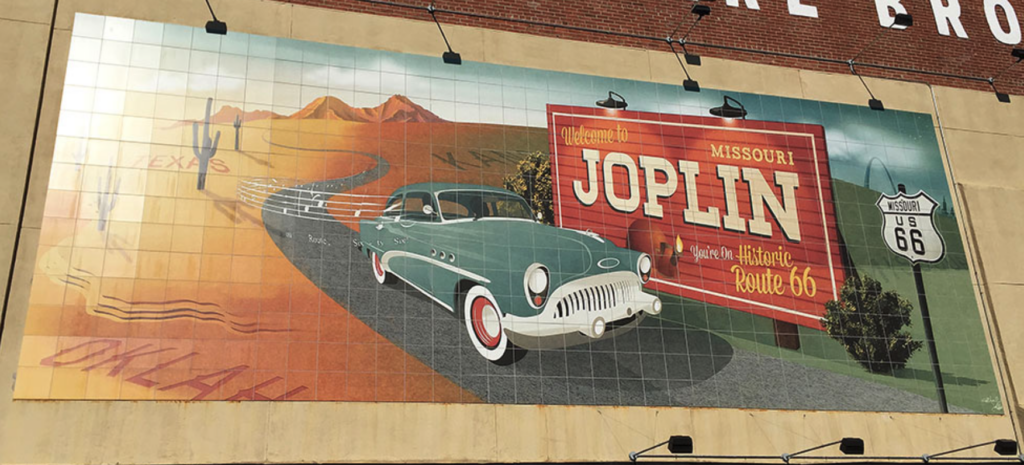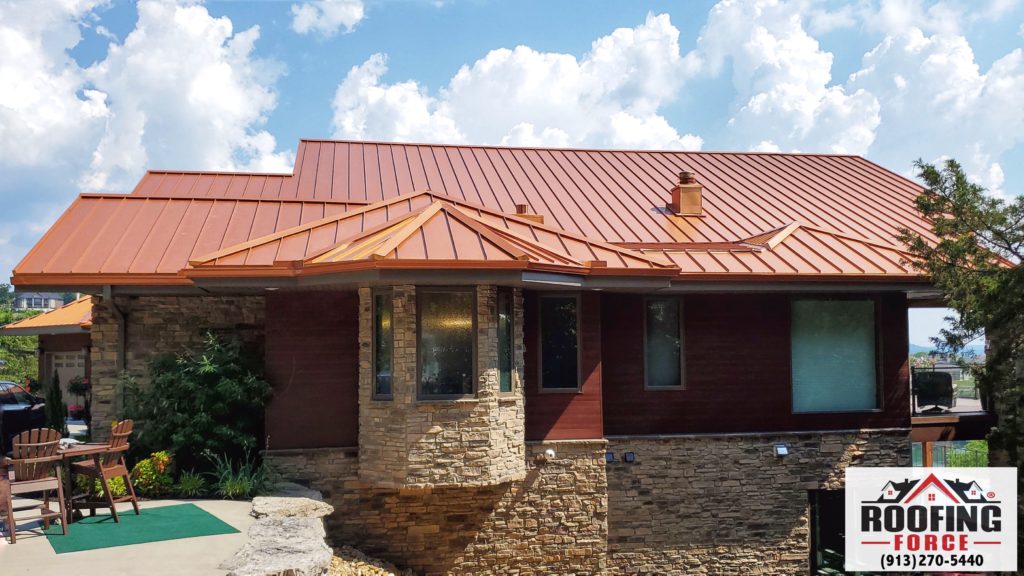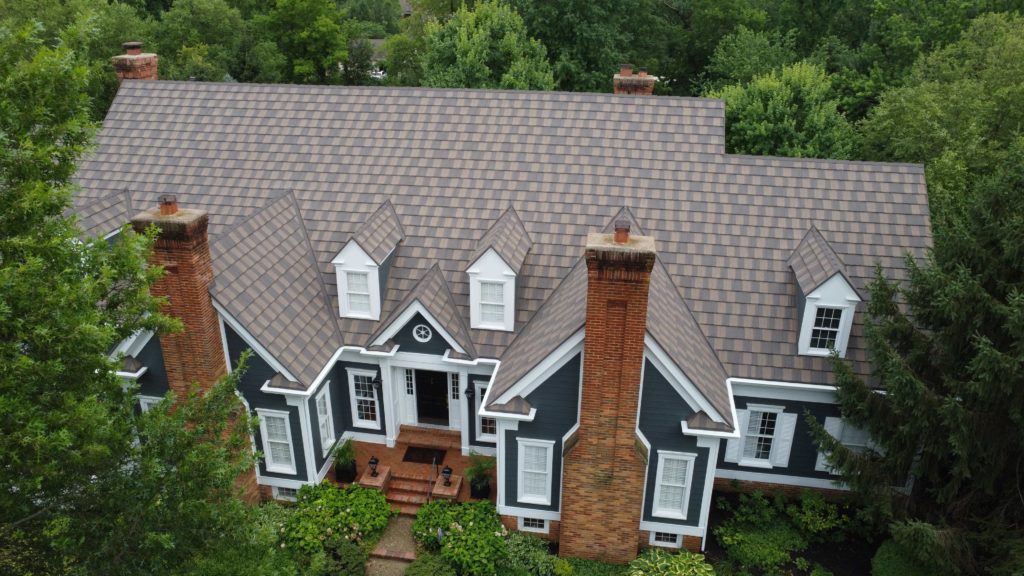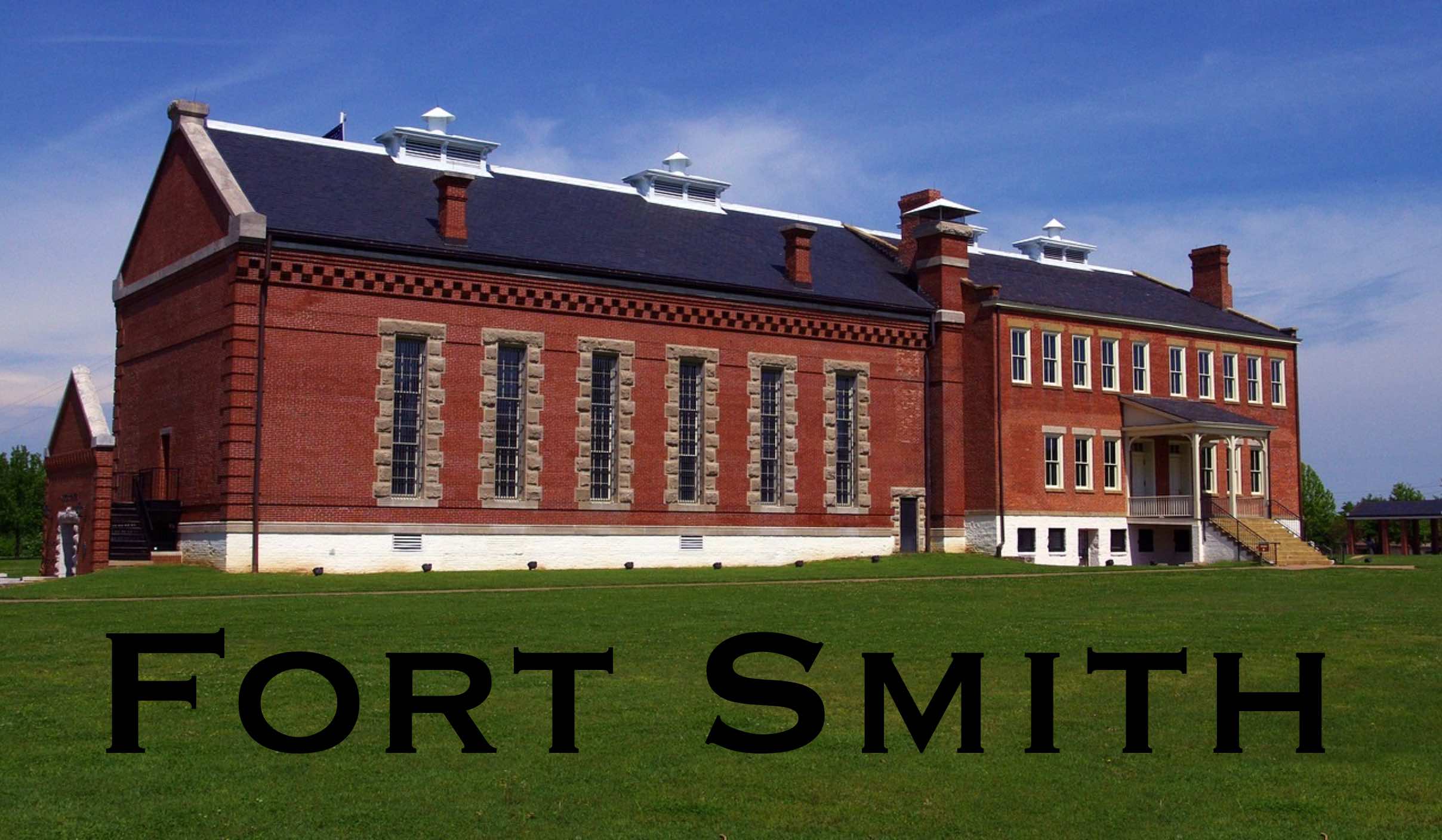
Everything You Need to Know About Fort Smith Roofing
The Architectural History of Fort Smith, AR and the Benefits of Using Modern Roofing Materials on Historical and Contemporary Buildings
Fort Smith, sits on the west central border Arkansas and east central border of Oklahoma. It is a city with an interesting and unique history. In this article, we’ll explore Fort Smith’s historical and contemporary architecture and describe how state-of-the-art roofing materials are used to preserve the original appearance of historic buildings while adding more protection and other benefits to these structures. We’ll also discover why homeowners throughout the River Valley Area should consider using these modern roofing materials on their own homes. Lastly, we will describe how to find the best Fort Smith roofing company.
The Growth and Development of Fort Smith
In 1817, just 14 years after the US completed the Louisiana Purchase, Fort Smith was establish as a military post along the confluence of the Arkansas and Poteau rivers. The military abandoned and rebuilt the fort a few times over the next several decades. John Rogers established a town alongside the fort in 1824.
Fort Smith played an important part in the Indian Removal era of the 1830s, the Mexican War from 1846-1848 and a small part during the Civil War from 1862-1865. The military finally abandoned the post for the last time in 1871. However, by then, a western frontier city was well established and continued to thrive despite the departure of federal troops.
By 1874, as steamboats brought supplies from St. Louis and New Orleans, Fort Smith became a city full of saloons, brothels and outlaws. In 1875, Judge Isaac Parker, known as the “Hanging Judge”, began his appointment in Fort Smith. Judge Parker tried to create “the moral force of a strong court” that helped bring order this “wild west” community.
Today, Fort Smith is the third-largest city in Arkansas and is a major regional manufacturing center. Nearly 300,000 people within the Fort Smith metropolitan area rely on the city for their employment, education, healthcare, shopping and entertainment needs.
Early Fort Smith Architecture
Unfortunately, many historic buildings in the Fort Smith area have been destroyed by the tests of time including the three major tornados that hit the city in 1996, 1927, and 1898. Nevertheless, a number of notable buildings and areas remain including: The Belle Grove Historic District; The Fort Smith National Historic Site; Miss Laura’s Social Club; The Clayton House; and the Chaffee Crossing Historic District.
Historical homes throughout the River Valley Area were built in a variety architectural styles, including:
- Queen Anne
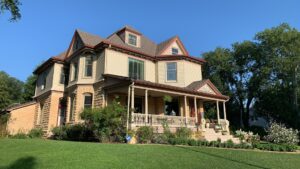
Queen Anne with Stone Coated Steel Roof – Pine-Crest Shake
- Tudor Revival
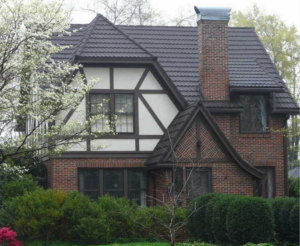
Tudor Revival with Stone Coated Steel Roof – Pacific Tile
- Colonial Revival
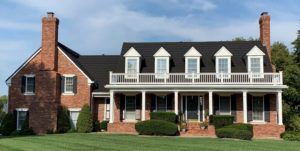
Colonial Revival with Stone Coated Steel Roof – Pine-Crest Shake
- Spanish Colonial Revival
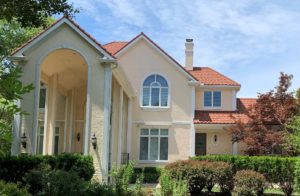
Spanish Colonial Revival with Stone Coated Steel Roof – Barrel Vault
- Craftsman
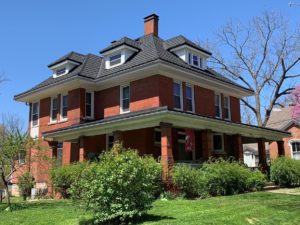
Craftsman with Stone Coated Steel Roof – Pine-Crest Shake
Renovation of Historic Buildings
Over the past several decades, Fort Smith and other municipalities have sought to preserve the remaining historic buildings in the River Valley.
One of the biggest problems encountered in restoring historic buildings, is the issue of replacing old roofs. Most roofs around the turn of the 20th century were made from natural materials such as wood shakes/shingles, stone slates, or clay tiles. Today, these natural materials are expensive and difficult to produce, deliver and install. It’s almost impossible to exactly match original materials as slate quarries have been mined-out, old-growth wood forests used to make wood shakes have been harvested, and manufacturing processes have changed. Thus, many buildings are renovated with modern-day roofing products that approximate the look of original materials. Some of these contemporary materials include Composite Polymer materials manufactured by companies such as DaVinci Roofscapes, Brava, and CeDUR. Others include Stone Coated Steel products from Unified Steel, DECRA, Tilcor and Varitile.
Asphalt shingles started to become a popular roofing material during the 1920s and beyond. However, asphalt shingles do not have the beauty or durability of most natural materials. Furthermore, the asphalt shingles of today, have a different look and are made from different materials than the original asphalt shingles installed on historical buildings. Today’s main manufacturers of asphalt shingles include Owens Corning, CertainTeed, GAF, TAMKO and Malarkey. Some shingle style roofing products are even made from metal.
Here are some of the pros and cons of traditional roofing materials as well as the potential advantages of replacing old roofs with modern products.
- Pros
- Classic Look – Wood shingles have been used for centuries and many homeowners still prefer this aesthetic.
- Energy Efficient – Wood is a poor conductor of heat and it is a great insulating material.
- Easy to Repair – A broken wood shingle is easy to remove and replace.
- Cons
- High-Maintenance – Wood is susceptible to fading, warping, rotting, insects, rodents, and algae. Wood shakes need to be inspected and treated on a regular basis.
- Poor Longevity – Wood shingles have a relatively short life as compared to other natural materials, and generally do not last much longer than asphalt shingles in the quad-states climate.
- Flammable – Although most modern wood shingles are treated with fire-retardants, wood is still flammable, and most insurance companies will either charge high premium or will not insure wood shake roofs at all.
- Prone to Storm Damage and Leaks – Wood roofs can be destroyed by large hailstones that are frequent in the Midwest. Cracked wooden shakes are more likely to cause leaks than other materials.
- Difficult to Find Installers – Because of the benefits of using modern roofing materials, fewer contractors are installing wood shingles.
- Price and Quality – Wood Shingles are more expensive to install because the installation process is very labor intensive. It’s also difficult to find old growth wood that last longer than new growth wood. The overall installed price of wood shake is one to two times higher than good asphalt shingles.
- Dilapidated Look – While new and well-maintained wood shake roofs have a pleasing aesthetic, old and worn-out wood shingles can make an entire home look like it is in a state of disrepair.
- Pros
- Long Lasting – Depending on the type and thickness of the stone, and with proper maintenance, slate is probably the longest lasting roofing material available, with a potential lifespan from 40 to over 100 years.
- Fire Resistant – Stone is non-combustible.
- Durable – Slate roofs are storm and wind resistant. However, stone slate can be destroyed by very large hailstones and can flake and deteriorate due to freeze/thaw cycles that can occur in the four-states environment.
- Attractive – Natural stone slate has a high-end and luxurious look. Stone will also maintain its color throughout its lifespan.
- Energy Efficient – Because slate is dense, it can help keep your home cooler in the summer and warmer in the winter.
- Cons
- Heavy – Slate weighs in at 3-7 times the mass of asphalt shingles. Thus, buildings must be engineered and/or reinforced to withstand the added weight of stone slate.
- Cost – Stone slate is very expensive to produce, transport and install. The installed price of stone slate is 4 to 10 times more expensive than asphalt roofing and is about the most expensive roofing product you can buy.
- Difficult to Find Installers – Because of the benefits of using modern roofing materials, not many companies install real stone slate materials.
- Difficult to Match – It can be hard to find a good match for broken or missing slate pieces as slate is quarried in batches and materials that were produced many years ago may no longer be available.
- Walkability – Slate can easily be cracked or broken if walked upon. Thus, it is difficult to clean gutters or install satellite dishes and solar panels on slate roofs.
- Pros
- Long Lasting – With proper maintenance, clay/concrete tiles have a potential lifespan of 50+ years.
- Fire Resistant – Tiles are non-combustible. However, wind-blown embers can get under some tiles and cause the base layer to catch on fire.
- Durable – Tiles are storm and wind resistant. However, tiles can be destroyed by very large hailstones which sometimes occurs with Fort Smith weather.
- Attractive – Clay/concrete tile has a unique and a high-end look. Tiles also come in a variety of colors shapes and styles.
- Energy Efficient – Tiles can help keep your home cooler in the summer and warmer in the winter.
- Cons
- Heavy – Tile weighs in at 2-6 times the mass of asphalt shingles. Thus, buildings must be engineered and/or reinforced to withstand the added weight of clay/concrete tiles.
- Cost – Tile is expensive to produce, transport and install. The installed price of tiles is 2 to 5 times more expensive than asphalt roofing.
- Walkability – Ties can easily be cracked or broken if walked upon. Thus, it is difficult to clean gutters or install satellite dishes and solar panels on tile roofs.
- Installation – Tiles are not easy to install. Only professional roofers should be used.
- Slope – Tile roofs should not be installed on low slope roofs.
Alternatives to Traditional Roofing Materials
There are several modern roofing products that are great alternatives to traditional roofing materials. Stone Coated Steel and Composite Polymer products are some of the best choices for the Arkansas/Oklahoma River Valley market because of the harsh storms that frequent this part of the Midwest. Follow the links to each of the following to learn more about state-of-the-art alternatives to natural roofing materials:
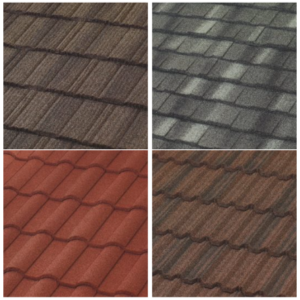
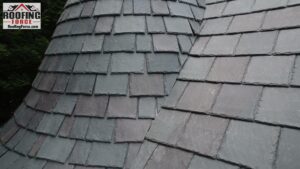
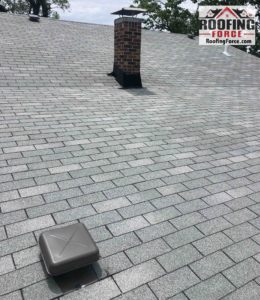
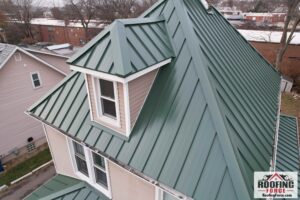
Fort Smith Roofing and Architecture Today
Today, almost every architectural style can be found in the River Valley. Regardless of which architectural genre you prefer, there is a new and improved roofing product to choose from when it comes time to reroof or build a new home.
As a word of caution, many homeowner associations use restrictive covenants to preserve the look of certain architectural styles and roofing materials. Nevertheless, some HOAs have approved modern alternatives to traditional roofing materials. Thus, you should check your CC&Rs and confirm which products you can use in your neighborhood.
Homeowners can get help selecting the right roofing material for their home by choosing a roofing contractor that is well versed in all types of roofing products (not just asphalt shingles).
Conclusion
There are vast numbers of wonderful traditional and modern architectural styles in Fort Smith and the greater River Valley area. Because this region is part of “tornado alley,” you may want to choose a roofing product that is more durable than asphalt shingles when it comes time to build your dream-home or replace an existing roof. Fortunately, there’s a modern roofing solution for almost every architectural preference and budget.
Roofing Force is an expert installer of all roofing products in Arkansas and Oklahoma. Let one of our experts provide you with a free estimate and help you choose the most optimal solution for your roofing needs. Visit our Material Comparison page and Gallery for more information or give our Fort Smith office a call at (479) 437-0171 to set up an appointment with a Roofing Force professional near you.
you may also like
What are Composite Polymer Roofing Products?
Polymer or composite roofing materials are synthetic products that are manufactured from various plastics and resins to…
When is It Too Cold to Install a Roof?
The short answer is it depends on what type of roofing material you want to install. Unlike…

